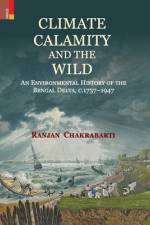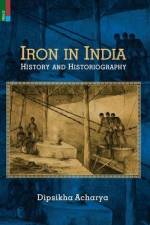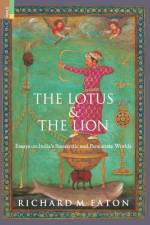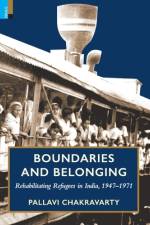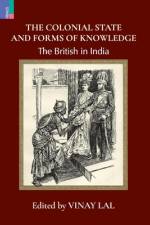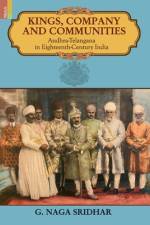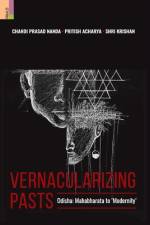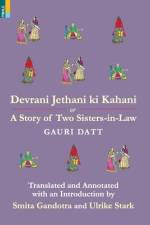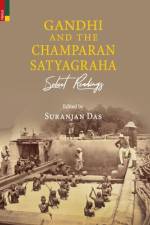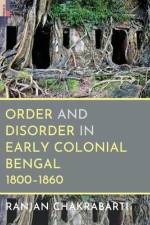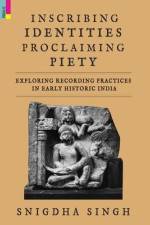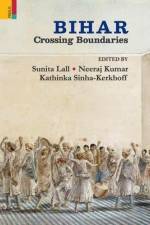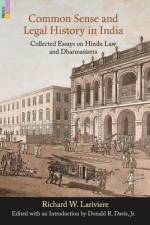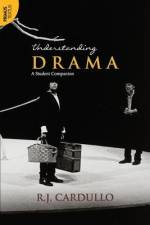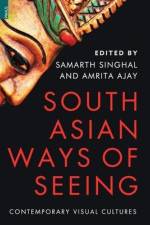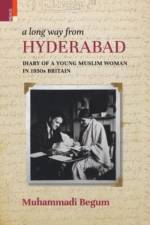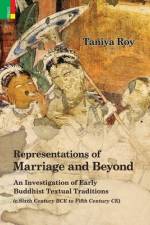av R. J. Cardullo
365,-
Understanding Drama contains 70 short essays that analyse a number of geographically diverse, historically significant plays-among them Oedipus Tyrannos, King Lear, Tartuffe, Long Day's Journey into Night, Hedda Gabler, Androcles and the Lion, Our Town, A Streetcar Named Desire, Death of a Salesman, Riders to the Sea, Old Times, Who's Afraid of Virginia Woolf?, Glengarry Glen Ross, Buried Child, The Threepenny Opera, and Edward II. Supplementing these model essays are a Step-by-Step Approach to Play Analysis, a Glossary of Dramatic Terms, Study Guides, Topics for Writing and Discussion, Bibliographical Resources, and a comprehensive Index. Written with students in mind, these critical essays cover many important plays included in most dramatic literature courses and will provide students with practical models to help them improve their own writing and analytical skills. Presenting a detailed yet objective examination of the structure, style, imagery, and language of the plays, this textbook also offers analyses of character, action, dialogue, and setting that can be translated into concepts for theatrical production-or that can at least provide the kind of understanding of a play with which a theatre practitioner could fruitfully quarrel.


